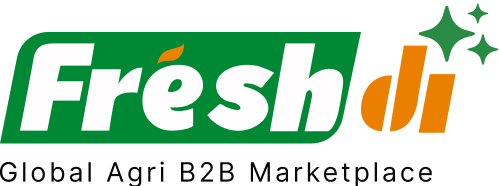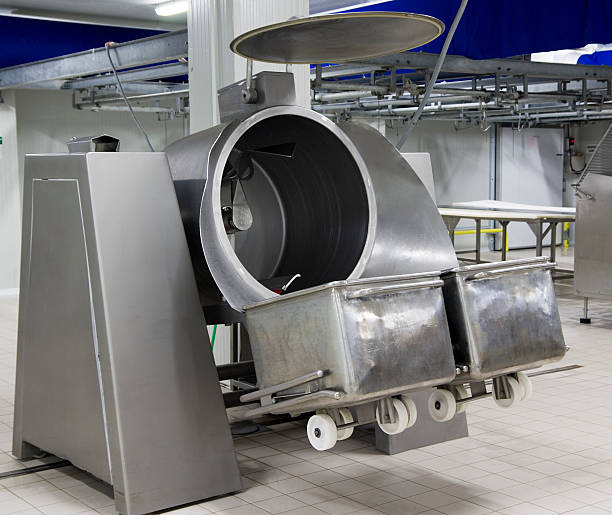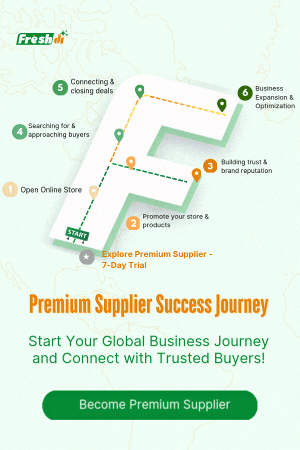Introduction – Canada’s Seashells Market: A Quantitative Overview
When you think of Canada, majestic landscapes and maple syrup probably come to mind before seashells. But here’s the twist—Canada is actually a heavyweight in the global shellfish market, and that includes the niche but growing seashell segment.
In 2023, Canada’s aquaculture industry cranked out nearly 146,000 tonnes of seafood, worth a whopping $1.25 billion. Shellfish made up a significant chunk of that. When it comes to exports, the numbers are just as impressive—99,137 tonnes of aquaculture products shipped out in 2022, totaling over $882 million in value. The U.S. alone scooped up 96% of these exports (aquaculture.ca).
Canada’s dominance is also evident in specific seashell categories. For example, it holds over 50% of the global market share for frozen clams, cockles, and arkshells. And when it comes to scallops? Canada shipped 4,200 tonnes worth in 2024, securing 8.2% of the global export share (indexbox.io).
But what’s the secret sauce to thriving in this industry? It’s all about data. Knowing which suppliers are reliable, which markets are booming, and how prices fluctuate can make or break your procurement strategy. Platforms like Freshdi are changing the game by providing verified supplier lists, RFQ data, and trade intelligence that help buyers make smarter, faster decisions.
Deep Dive – Key Production, Export Statistics & Market Signals
Let’s zoom in on the data.
In June 2024, Canada exported about C$99,000 worth of coral and shells, with China being the key buyer (oec.world). On the flip side, Canada imported C$310,000 worth of similar products, mainly from the U.S., Indonesia, Australia, Mexico, and China.
Even though the seashell export value seems modest compared to overall shellfish numbers, the seashell niche is supported by the broader strength of Canada’s shellfish industry. In 2023, farmed shellfish production hit 38,699 tonnes, despite a slight drop of 4.5%. Interestingly, the value actually rose by 1% to $126.5 million thanks to a price bump of 5.7% per kilogram (www150.statcan.gc.ca).
Freshdi’s RFQ trends back this up. The platform shows consistent demand for Canadian-origin seashells, especially from markets in Europe and Asia. This signals strong interest and trust in Canadian suppliers, especially those with verified credentials.
Top 5 Verified Seashells Suppliers in Canada – Proven Export Performers
Choosing the right supplier isn’t just about price—it’s about trust, traceability, and proven export performance. Based on supplier verification, global reach, certifications, and buyer feedback on Freshdi, here are the Top 5 Seashell Suppliers in Canada for 2025:
-
V Source International Inc
A consistent performer in the export space, V Source International Inc specializes in high-grade seashells suited for both decorative and industrial use. Buyers praise their timeliness and quality standards. -
Boni Seafood Inc.
Though known for krill and seafood, Boni Seafood has expanded into the seashell category. Their diversified product line and export excellence give them a strong edge. -
Ampesco Ventures
Ampesco is a rising star with growing export volumes. Their focus on sustainability and traceability makes them a go-to choice for buyers focused on ethical sourcing. -
Ctaiwo Enterprises Limited
A supplier with a global footprint, Ctaiwo Enterprises offers a wide range of shell varieties. Their Freshdi reviews highlight excellent packaging and reliable logistics. -
Nasir
Known for customization and bulk order efficiency, Nasir has secured a solid reputation in the market. Their seashell offerings are especially popular with European buyers.
Dynamic Ranking Note: Platforms like Freshdi regularly update supplier rankings based on real-time activity, seasonal performance, and buyer feedback. Keep an eye on the “Suppliers of the Month/Quarter” feature for the latest top performers.
Market Navigation – Statistical Trends, Price Insights & Export Dynamics
Let’s talk strategy. How do you navigate a market that’s constantly shifting?
Demand Patterns and Export Trends
The seashell export market in Canada is forecasted to hit $338.7 million by 2026, up from $328.6 million in 2021. That’s a steady annual growth trend fueled largely by exports (reportlinker.com).
But there’s a catch. Since 2000, the volume of shellfish exports has dropped by an average of 5.4% annually. This shows that while prices are going up, supply is tightening—which makes knowing your supplier even more critical.
Seasonal Price Fluctuations
Prices in the seashell market tend to spike during off-seasons when supply dips due to weather or harvesting limitations. For instance, summer months often see higher prices due to reduced availability. Having access to historical pricing data via tools like Freshdi helps buyers plan smarter and avoid paying premium rates unnecessarily.
Key Export Markets
- United States: Still the biggest buyer, taking in 68% of Canadian seafood exports in 2024.
- China: A strong second at 16%, though tariff issues have made it a volatile market.
- Emerging Markets: France, Italy, Spain, Japan, South Korea, and Vietnam are all on the radar for future expansion (edc.ca).
Recent Developments & Industry Challenges
- June 2025: Canadian exports of farm and fishing products rose by 6.7%, signaling positive momentum (international.canada.ca).
- 2023 Employment Drop: A 15.4% cut in seafood sector jobs due to plant closures, particularly in Atlantic Canada.
- Industry Bounceback: Despite setbacks, 2024 saw a projected 17.5% sales increase and a 13.8% volume boost (fcc-fac.ca).
Conclusion – Leveraging Data for Informed Procurement
Canada isn’t just a scenic wonder—it’s a serious player in the global seashell and shellfish markets. From dominating global export shares to navigating geopolitical trade shifts, Canadian suppliers continue to stand out.
For buyers, the takeaway is simple: data is your best friend. Choosing the right seashell supplier in Canada means looking beyond cost and into performance metrics, certifications, and export history.
That’s where Freshdi comes in. It’s not just a B2B platform—it’s your eyes and ears in the marketplace. With features like RFQ tracking, supplier verification, and real-time market analytics, Freshdi empowers you to buy smarter, faster, and more confidently.
Key Takeaways
- Canada leads the global seashell market in frozen clam and scallop exports.
- The seashell niche benefits from the overall strength and reach of Canada’s shellfish industry.
- Verified suppliers like V Source International and Ampesco Ventures are top performers in 2025.
- Seasonal pricing and export shifts demand a data-driven strategy.
- Platforms like Freshdi offer invaluable tools for procurement decisions.
Checklist for Seashell Buyers in 2025
- ✅ Verify supplier certifications and export history.
- ✅ Check seasonal pricing trends before placing large orders.
- ✅ Diversify sourcing to mitigate geopolitical risks.
- ✅ Use Freshdi to track RFQ trends and supplier performance.
- ✅ Prioritize suppliers with strong logistics and packaging feedback.
Future Outlook – Where is the Market Headed?
The Canadian seashell export sector is poised for continued growth, especially with diversification into Indo-Pacific and European markets. Sustainability, traceability, and digital procurement tools will shape the next wave of trade. For buyers, staying ahead means embracing platforms like Freshdi and leveraging real-time data to stay competitive.
FAQs
1. What types of seashells are commonly exported from Canada?
Canada primarily exports clam, scallop, and cockle shells, both for culinary and decorative uses.
2. How can I verify a Canadian seashell supplier?
Platforms like Freshdi offer verified supplier profiles, certifications, and buyer reviews to help with due diligence.
3. Are seashell prices stable year-round?
No. Prices fluctuate seasonally, with spikes during off-harvest months due to limited supply.
4. Can I request samples before placing a bulk order?
Yes, many suppliers on Freshdi offer sample shipments, especially for new buyers.
5. Is Canada looking to expand its seashell exports beyond the U.S. and China?
Absolutely. New markets in Europe and Asia are being explored to reduce reliance on traditional partners.
References
- Aquaculture in Canada – aquaculture.ca
- IndexBox Scallop Export Overview
- OEC Coral and Shell Trade Data
- Statistics Canada Shellfish Report
- EDC Canadian Seafood Diversification
- Farm Credit Canada Seafood Forecast
- Government of Canada Trade Reports
- Freshdi – B2B Seafood Marketplace





